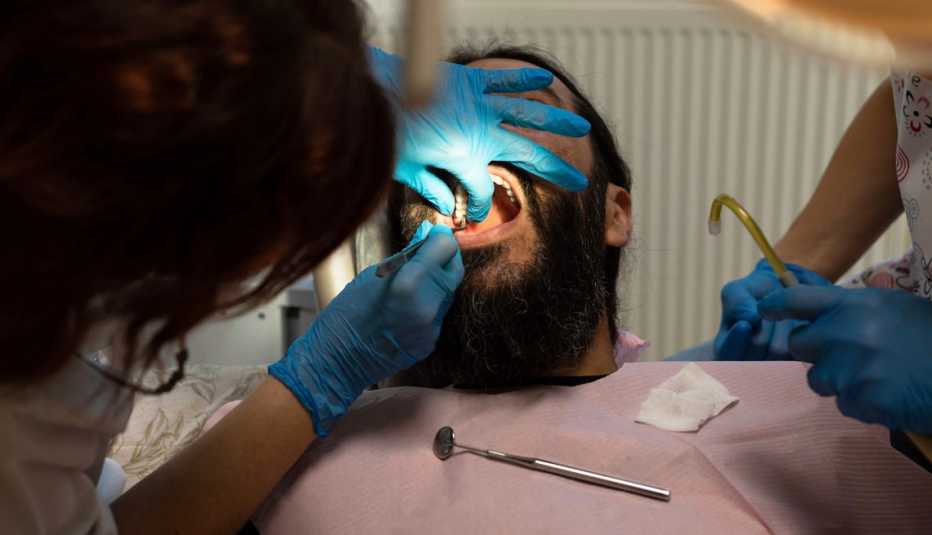AARP Hearing Center


Are you missing any teeth? It’s nothing to be ashamed of: Nearly 14 percent of adults 65 or older have lost most of their teeth.
1. Less expensive implants
For patients who want to replace their dentures with something fixed or nonremovable, the All-on-4 implant is a popular choice. This gives people who are missing all their teeth on at least one jaw the opportunity to get fitted with dental implants. With the All-on-4, four implants are drilled into the arch of the mouth and anchored to the bone. Then a full fixed denture or bridge is screwed into the heads of the implants. Anchoring the dentures in place allows you to eat, drink, smile, laugh and shout without the fear of your teeth slipping out, as some traditional dentures do. “All-on-4 implants are less invasive and cheaper than traditional implants and are a step up from having a removable denture in your mouth,” says dentist Rob Raimondi, cofounder of One Manhattan Dental.
2. Ceramic implants
For years, titanium implants have been the gold standard of dental implants. “But in the last 12 years, we have started using metal-free alternatives,” says Joe Willardsen, a Las Vegas–based cosmetic dentist with True Dentistry. These ceramic materials can be a particularly good option for patients with titanium or metal hypersensitivity. But their advantages are broader than that, says Willardsen; they can be healthier options for your gums and also more aesthetically pleasing. “You don’t get any gray metal showing through the gum tissue,” he explains. “That can happen with a traditional implant.”





























































More on health
5 Things to Know About Dental Coverage and Medicare
For most mouth problems, you’ll be footing the bill
8 Surprising Things Your Teeth Can Tell You About Your Health
Find out what potential dangers hide behind your smile12 Quick Healthy Habits
Boost your health in just a few minutes